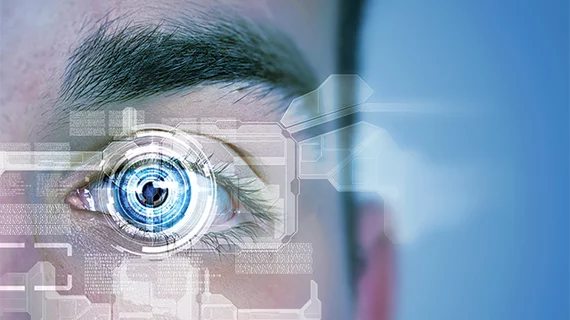Google’s AI tool struggles in clinical setting
Google’s AI tool for diagnosing diabetic retinopathy is having trouble reading images while it's being tested in an Indian hospital, according to a report by The Wall Street Journal.
The company’s Automated Retinal Disease Assessment (ARDA) tool uses AI to diagnose diabetic retinopathy—a complication of diabetes that can cause blindness—and has shown promise in finding the disease in a variety of studies. However, the tool is struggling with reading images taken in field clinics as its being tested in India.
“While ARDA is effective working with sample data, according to three studies including one published in the Journal of the American Medical Association, a recent visit to a hospital in India where it is being tested showed it can struggle with images taken in field clinics,” the WSJ reported. “Often they are of such poor quality that the Google tool stops short of producing a diagnosis—an obstacle that ARDA researchers are trying to overcome.”
John Quackenbush, a professor of computational biology at the Harvard T.H. Chan School of Public Health, said in the report the tool’s struggle with reading images isn’t unique, since sample images, which algorithms are trained on, can be different from “real-world photos.”
Several AI-driven approaches have recently been successful in detecting diabetic retinopathy with high accuracy. A recent JAMA study detailed an AI-based grading system that successfully diagnosed two patients with the disease. Australian and Brazilian researchers’ AI-driven approach for detecting an early sign of diabetic retinopathy achieved an accuracy rate of more than 98 percent.
To read the full report, click the link below.

